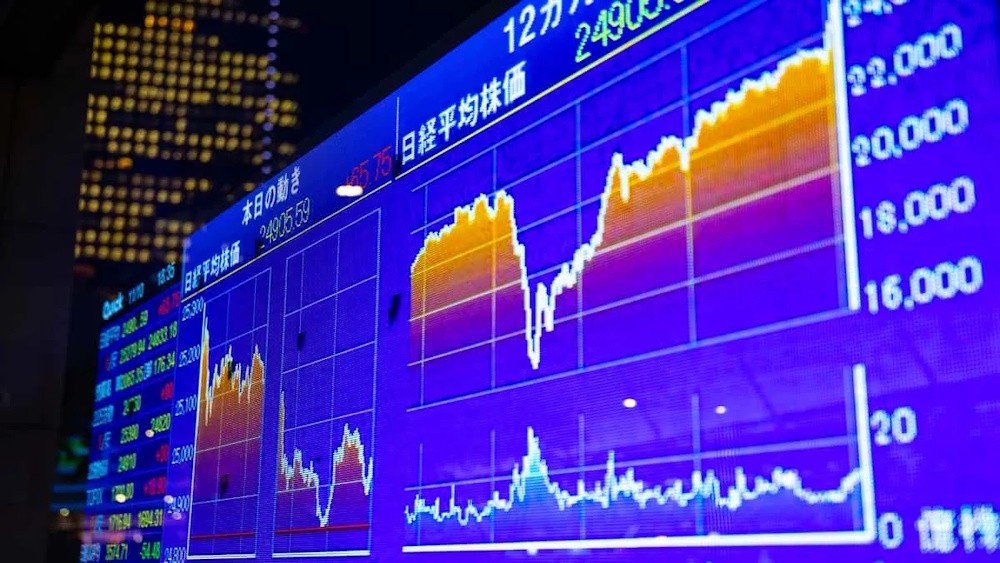
On Thursday, South Korea’s Kospi index reversed its earlier gains after reaching a record high, following the central bank’s decision to maintain its benchmark interest rate at 2.5%, in line with market expectations. The index declined by 0.98%, closing at 3,845.56, while the small-cap Kosdaq fell 0.81% to 872.03. The Korean won depreciated by 0.19% against the US dollar, reaching 1,434.70, its lowest level since May. Broader Asia-Pacific markets also experienced declines, reflecting the downturn amid renewed concerns over U.S.-China trade relations, following a report that the Trump administration is considering restrictions on exports to China using U.S. software.
Japan’s benchmark Nikkei 225 index dropped for the second consecutive session, falling 1.35% to 48,641.61, while the Topix index declined 0.39% to 3,253.78. Shares of SoftBank ended 4.66% lower after announcing plans to issue approximately $2 billion in U.S.-dollar-denominated bonds and around 750 million euros ($870 million) in hybrid notes, with interest rates ranging from 6.5% to 8.25%. The company indicated that the funds would be used for “general business purposes,” coinciding with its increased investments in artificial intelligence.
Australia’s ASX/S&P 200 remained unchanged at 9,032.8. In contrast, Hong Kong’s Hang Seng Index rose 0.57% to 25,927.47, and mainland China’s CSI 300 increased 0.3% to 4,606.34. India’s Nifty 50 climbed 0.83%, and the Sensex gained 0.69% as markets reopened following a holiday break, showing resilience amid regional volatility.
Market experienced a downturn overnight, with U.S. equity futures showing slight declines in early Asian trading following losses in the three major U.S. benchmarks on Wednesday. Disappointing earnings from companies such as Texas Instruments and Netflix added pressure. The Dow Jones Industrial Average fell 334.33 points, or 0.71%, to 46,590.41, the S&P 500 declined 0.53% to 6,699.40, and the Nasdaq Composite dropped 0.93% to 22,740.40. During the session, the Dow fell over 400 points (about 1%), while the S&P 500 and Nasdaq saw reductions of 1.2% and 1.9%, respectively.
